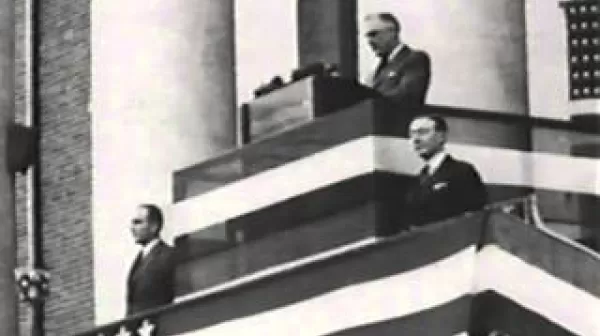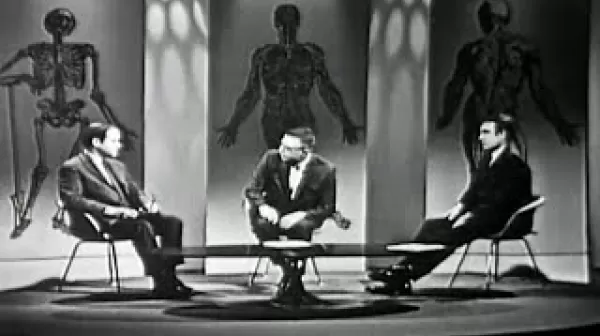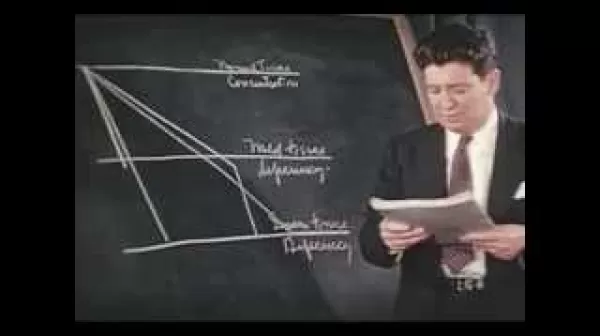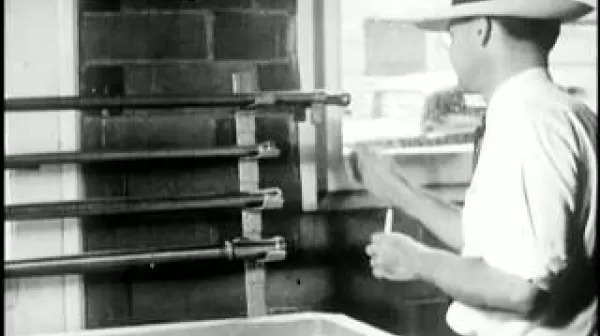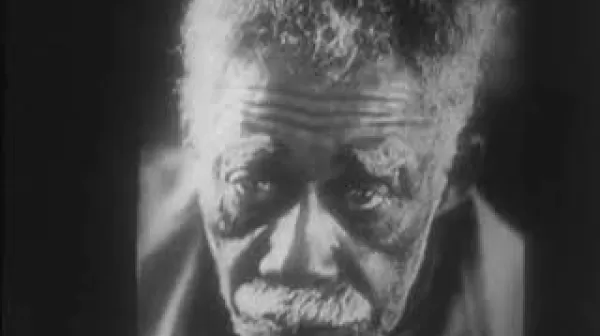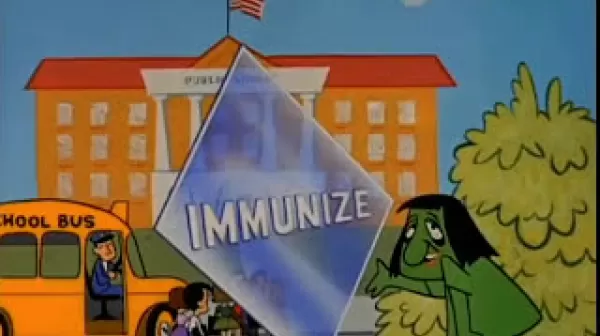President Roosevelt dedicates the National Institute of Health October 31, 1940, (produced) 1991
This video, created in 1991, incorporates the audio of a speech, given October 31, 1940 by President Franklin Delano Roosevelt at the dedication of the National Institutes of Health, with still photographs taken during the speech. FDR spoke about the role of government in preserving health, the roles of the Public Health Service and the National Cancer Institute, the achievements of the Institute, and background on the donor of the land. Interspersed are photographs of the buildings and individuals mentioned in the speech.

